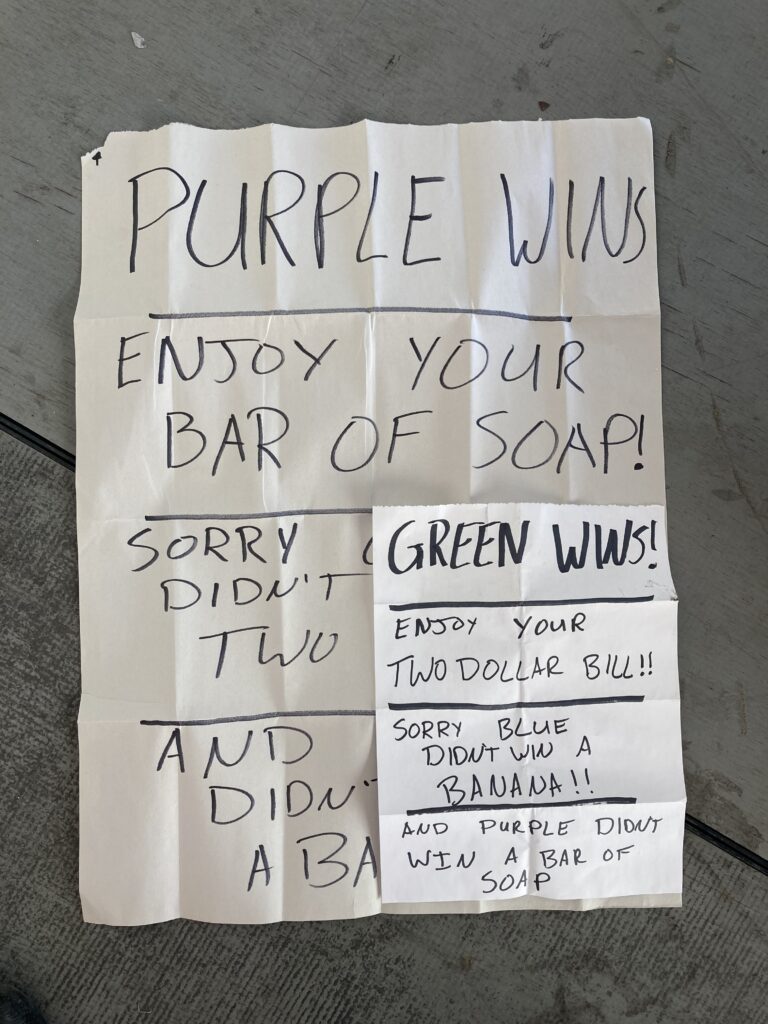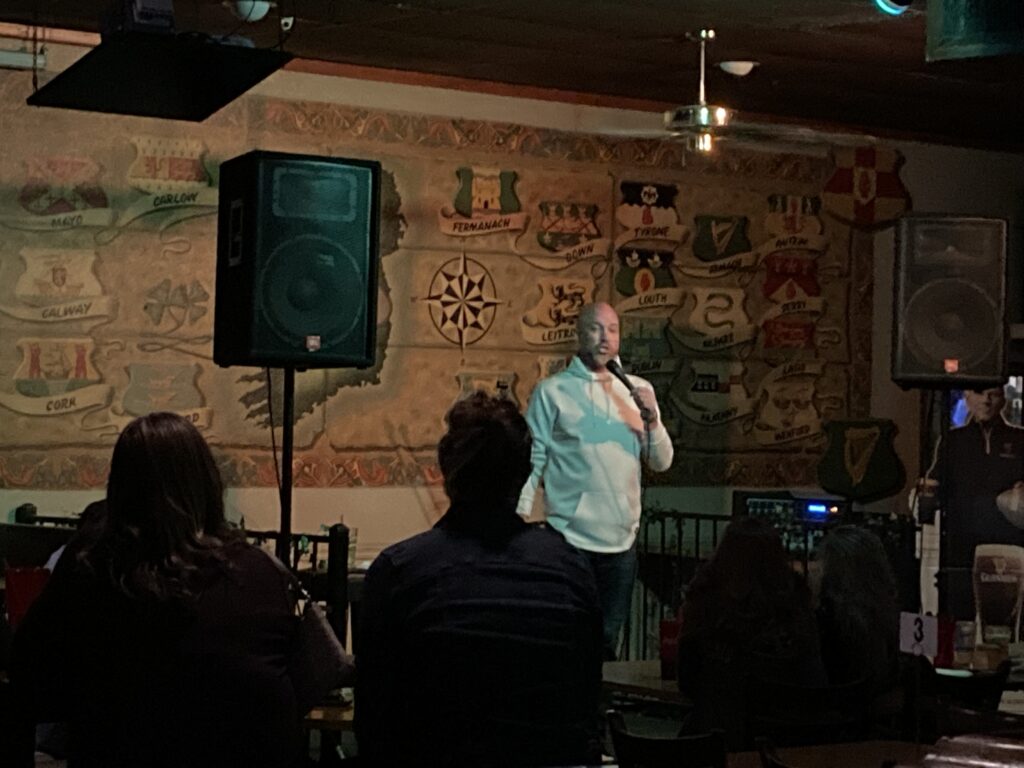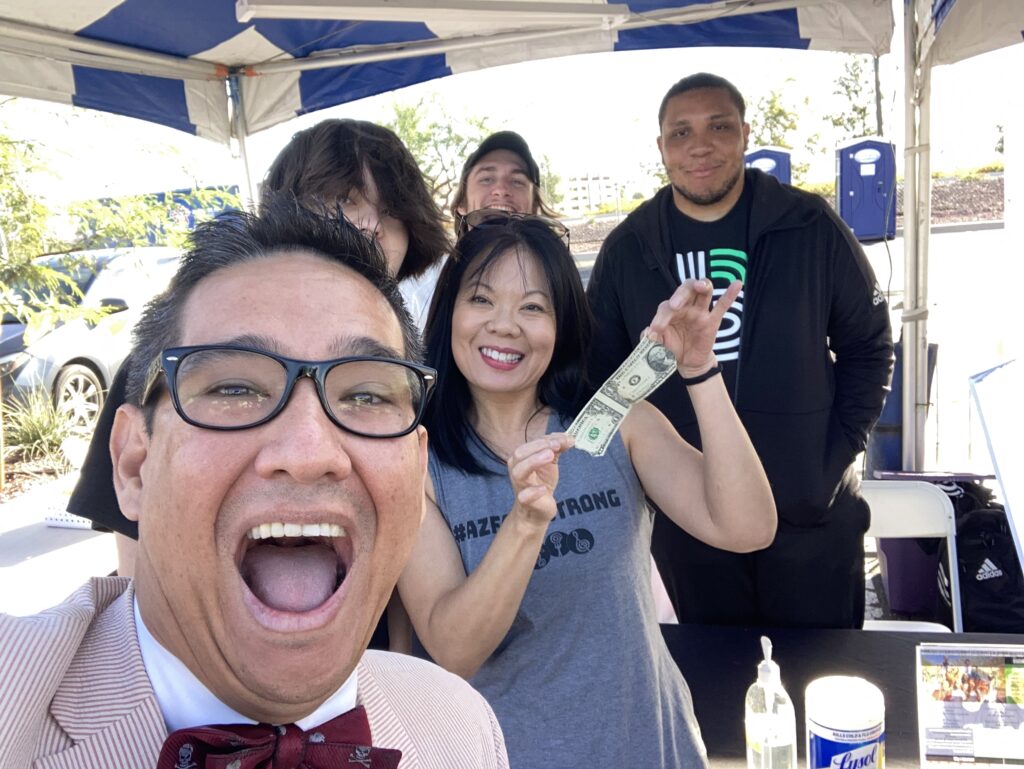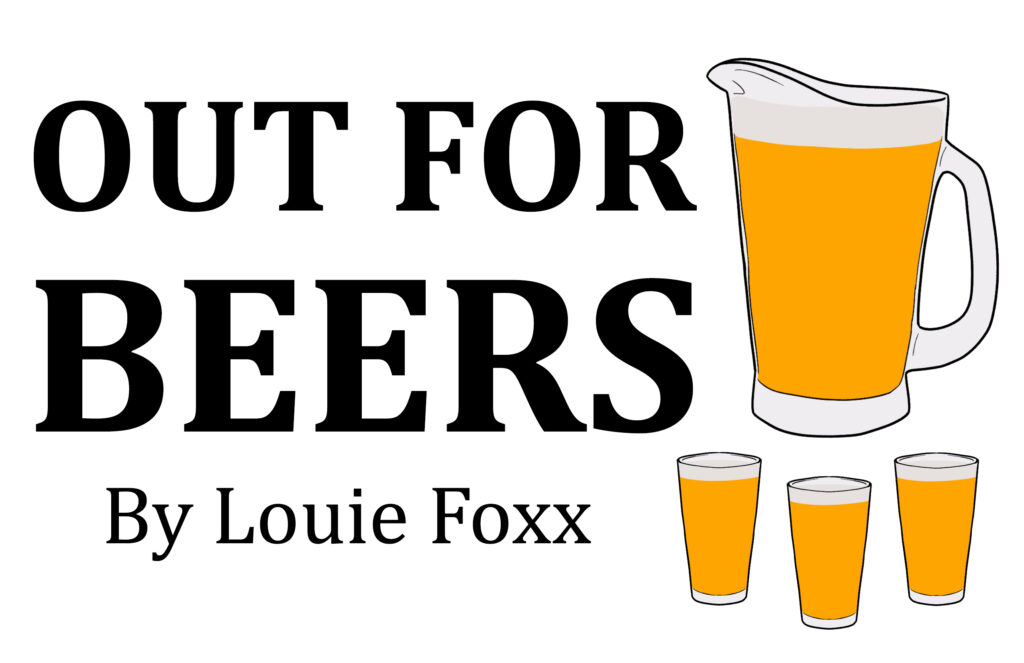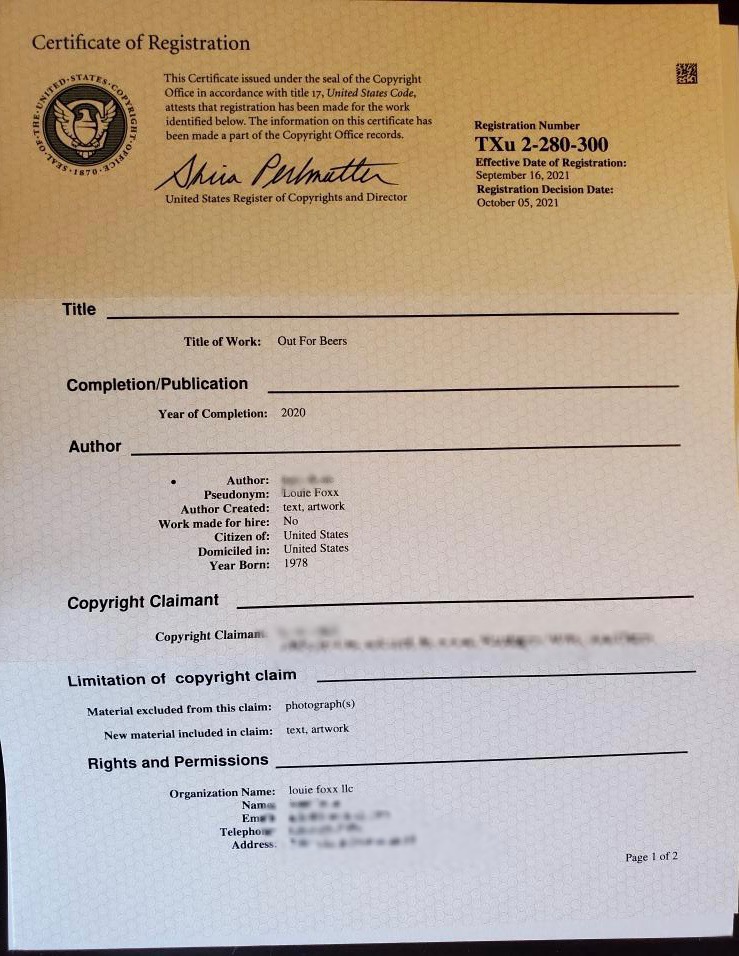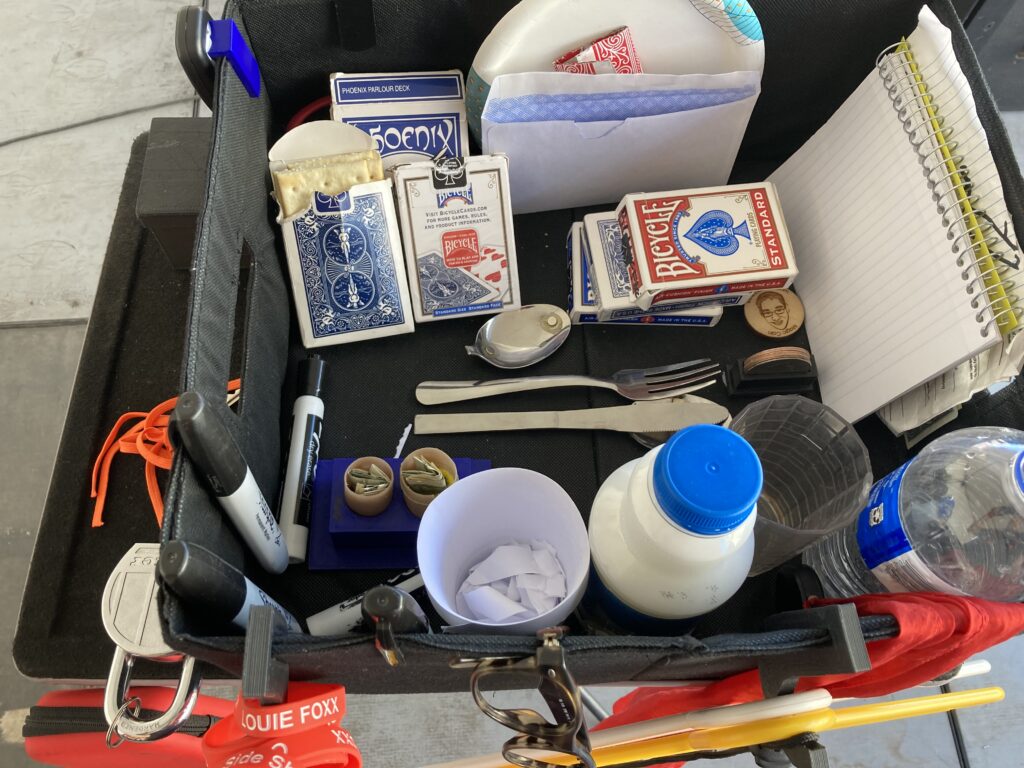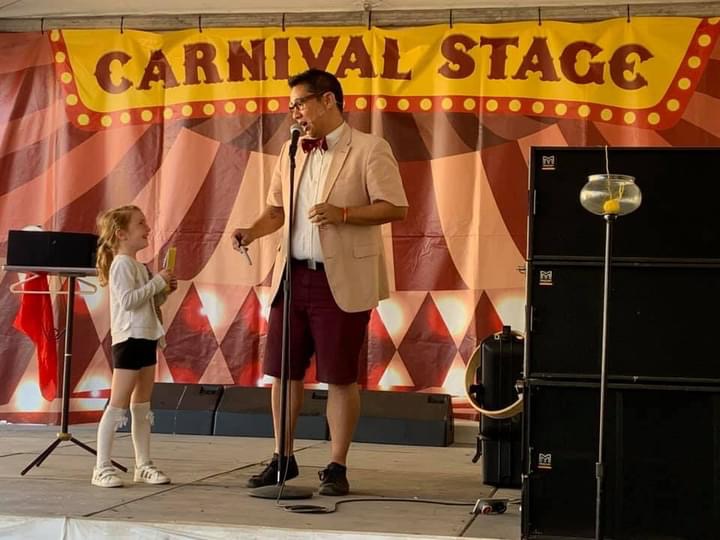This week is the final week of my “fair” season. I end my run on Saturday after performing 66 shows over 22 days at a State Fair. I really like performing at state and county fairs across the USA in the summer. One of the things that I really like about it is that in my preshow I get to work on tricks and jokes that aren’t ready for the main show.
In my show I have materials that’s A, B and C material. A is the stuff that’s finished and plays well. B are tricks that aren’t quite done yet, they’ll be things missing, like maybe the trick is there, but needs some jokes, or the routine is there, but the method or something isn’t quite right. Finally, there’s the C material, and that’s stuff that’s just ideas.
My goal for the summer is to move as much A material out of the show as I can. I do that by levelling up all the other stuff. I work hard at figuring out what’s missing from the B material, and try to move it up to the A level. Once that happens, I stop doing an A routine and put the former B trick in it’s place.
Then there’s the C material, I work on that during my preshow. The goal is to move it to B or drop it. Some ideas are just that…ideas. They may be great ideas, but they’re not for me or my show. It’s good to learn that fairly early on, so you don’t waste too much time with them. This is also why I’m a huge fan of getting material on stage as quickly as possible. That’s the easiest way to figure out if there’s something there or not.
It’s also crazy how quickly things can level up if you put in the time and effort and you have three shows a day for 22 days to work on them. For example the version of the Invisible Deck that I started doing this month (see an early version here) has moved from a C trick to B+ or A- routine in a few weeks. Once I got the technical side down and then found the presentational hook, it was just polishing it up. The routine works as is now, but there is on small technical thing I’d like to figure out…however if I never solve the problem, the routine works great in it’s current form.
I’m very fortunate to have a venue to actively work on new material!
-Louie

